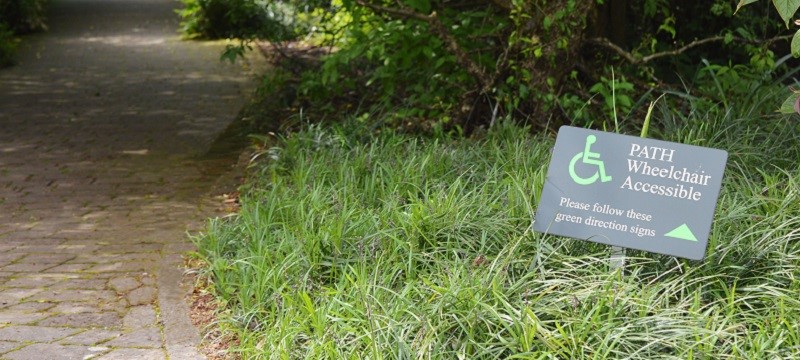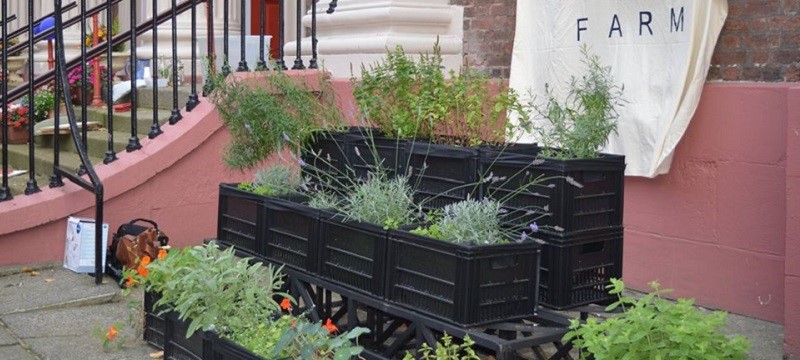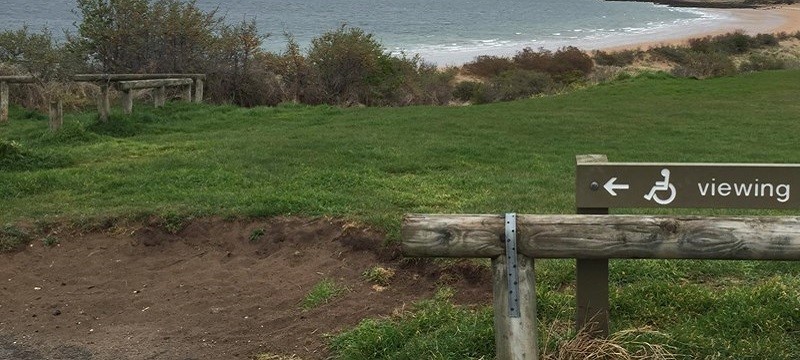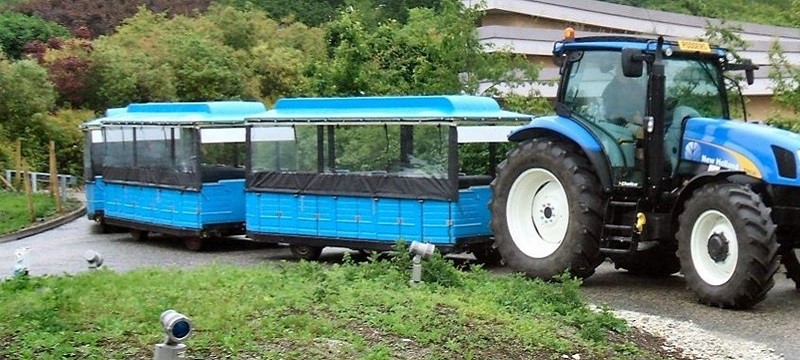Top tips for outdoor attractions

Spring has arrived, and while it might still be a bit rainy and blustery here and there, now is the time to start welcoming visitors to a new season of plant wildlife, greenery and garden tours! Whether your outdoor attraction is big or small, a farm or a botanic garden, or maybe even a quiet nature reserve; there are lots of things you can do to make access easier for everyone visiting your space.
Parking
Many outdoor attractions are best reached by car, so it’s important to have good signage directing people to where they can park when they arrive. If you have more than one car park, make sure people know where the closest accessible spaces to the start of the trail or the visitor centre are. Quite often people may park much further away than they need to which can be tiring and avoidable.
Waymarking

While not all routes around your outdoor space may be accessible, you can help visitors by identifying easy access routes with a map and clearly visible waymarking. A good map with large print, a clear key and the accessible route clearly highlighted should be available to guests as they arrive at your attraction. Then, as they set off on their trail, try to position posts and signage low to the ground along the path edge, not forgetting to include directions at any forks in the route.
Sturdy footpaths
Wherever possible, can you make the routes, trails and paths around your outdoor space as smooth and sturdy as possible? If visitors have lots of grass to cross to get up close to something, keep the grass as short as possible and consider putting concrete strips down as St Andrews Castle have done. Are there measures you can take to stop muddy puddles forming in the middle of other paths around your attraction? And if you have gravel paths, did you know you can sit gravel in a tray to make it easier for wheelchair users to cross? The Rings in Cupar used this in their car parking space!
Regular resting points

Mobility impaired visitors may wish to explore your space slowly, resting at regular intervals. Especially if it’s a sunny day, it can be a real treat to sit in the sunshine and take in the scenery! Where possible, try to have seats, benches and leaning posts dotted around your outdoor space. A variety of exposed and sheltered resting points is ideal, and the more the better!
Raised flower beds

Not only do raised flower beds look pretty, but they protect plants from trampling, are easier to tend, and help visitors to view the plants up close. If you organise any planting activities, raised flower beds are a good height for wheelchair users to tend plants, and they also save people hurting their backs or knees digging on the ground. Don’t forget to also share information about any other multisensory features around your outdoor attraction – especially if certain plant species have a strong fragrance, or if there is a spot where you can hear a gurgling waterfall!
Viewing posts

Have you checked how easy it is for visitors to see points of interest around your outdoor space? If you have wildlife viewing hides, are these accessible? Are there viewing windows at various heights? It’s important to think about various perspectives and how different visitors will experience the features, sights and sounds around your outdoor space.
Portable access
If your outdoor attraction is very large, it’s a good idea to have portable options such as audio headsets, portable hearing loops for any guided tours, assistance dog bowls, and large print guides for example. Don’t forget to highlight any outdoor taps that visitors may use to fill their dog bowls; and if there are any powerchair charging points be sure to promote these.
Do you have a mobility vehicle?

Some outdoor spaces, particularly those in rural areas, can be very hilly, vast and may have rough terrain. If your attraction is spread out and attracts lots and lots of visitors, you might want to consider having a designated wheelchair accessible mobility vehicle on site. This can give people the opportunity to view much more of your landscape, and it gives you the chance to add some live commentary along the way!
Finally…
Don’t forget the importance of sharing your disabled access information online. Help your visitors by telling them what’s available, and being honest about what isn’t. If you aren’t already listed on Euan’s Guide, this is a great way to share access information, including details about accessible toilets, parking and transport, and more. List on Euan’s Guide >>
You might also enjoy:
Do your staff have disability awareness?
What makes a good accessible toilet?


 Follow Euan's Guide on Instagram
Follow Euan's Guide on Instagram
 Follow Euan's Guide on LinkedIn
Follow Euan's Guide on LinkedIn
 Follow Euan's Guide on Facebook
Follow Euan's Guide on Facebook


Comments
You have to be signed in to leave a comment.
Login / Signup